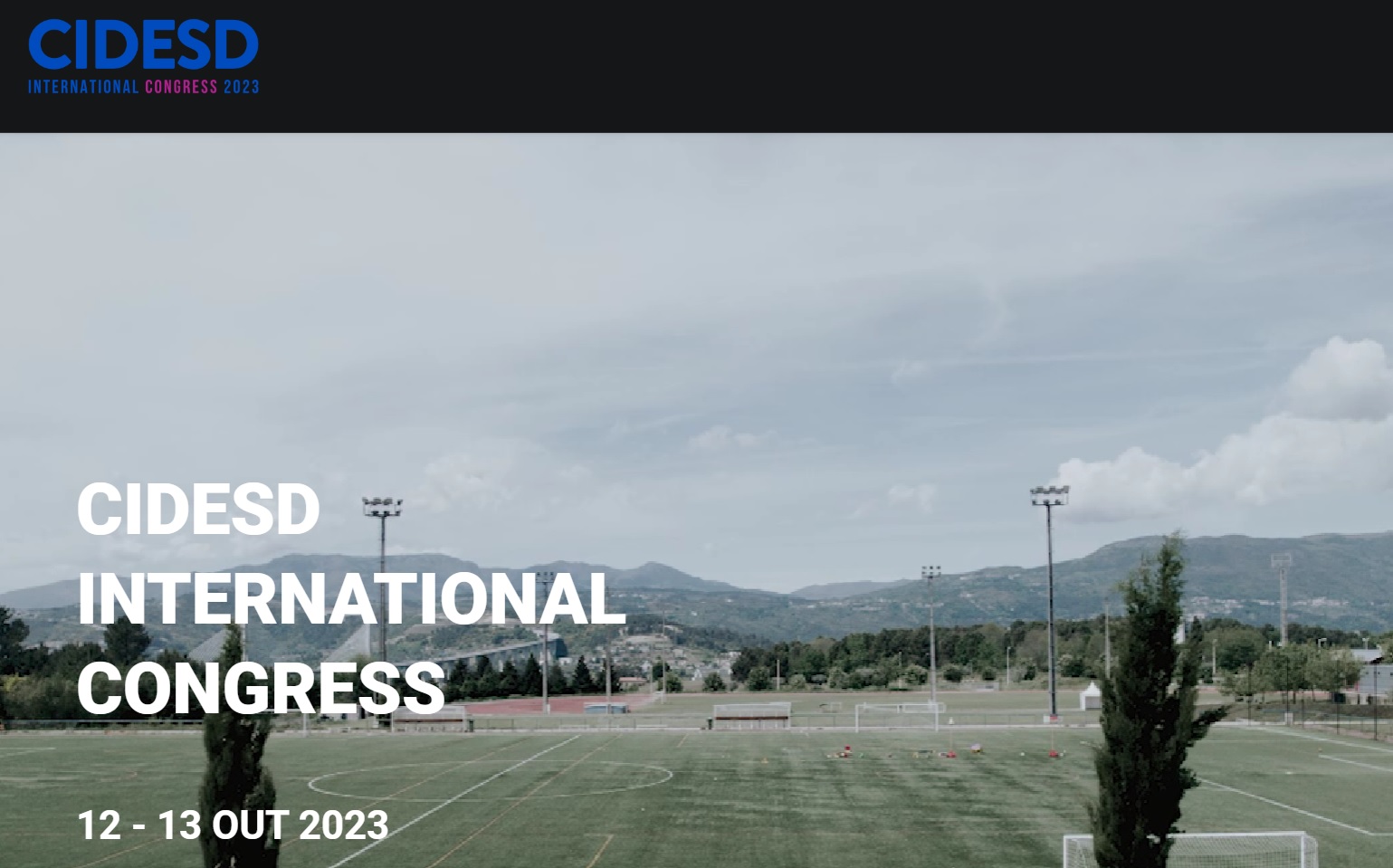Effects of instructed plus self-created differential change-of-direction training in youth basketball athletes
DOI:
https://doi.org/10.6063/motricidade.31758Keywords:
team sports, variation, movement variability, change of direction, adolescenceAbstract
The differential learning (DL) approach, which destabilises by means of amplifying fluctuations for increased learning rates, has received growing interest beyond the skill acquisition field in sports (Schöllhorn, 2000). Previous research indicated acute effects possibly vary according to the kind of mediating DL (e.g. instructed or self-created) (John & Schöllhorn, 2018). However, little is known about training regimens including the combination of both mediating approaches. This study aimed to determine the effects of a 12-week training intervention involving instructed DL change-of-direction training followed by preferred self-created differential training programs on a series of physical tests in youth basketball players. Thirty-six under-14 to under-18 male participants basketball players were grouped based on their preferred motor skill (Fearnbach et al., 2020) (cutting, n = 14; jumping, n = 13; sprinting, n = 9).
Participants completed one session per week of instructed DL applied to change-of-direction (COD) training, which consisted of different change-of-directions and starts throughout the training program (Figure 2). In another weekly training session, participants completed self-created DL, which included their most preferred motor skill. In those training sessions, participants were instructed to perform the maximum of variations (without repetition) of the most preferred motor skill.
Before and after the training intervention, participants completed jumping tests (counter-movement jump (CMJ), single-leg CMJs, the modified 505 agility test (M505), straight sprinting tests (0–10 meters split time), and bilateral asymmetry (%ASY) in unilateral jumping were evaluated as well. A significant interaction effect (group x time) was observed on %ASY (F = 5.03, p < 0.05, ŋ2p = 0.23). Within-group analysis showed a significant decrease in bilateral asymmetry for combining DL-COD plus sprinting (p < 0.05, g = 0.84). Also, the group who performed both self-created and instructed DL-COD substantially improved 0-10m sprinting time (p < 0.001, g = 1.13). Combining instruction-based DL-COD with preferred self-created differential training yields similar effects on physical performance in youth basketball players. Regardless of dynamic similarities between their motor skill preference, training, and physical test, between-subjects performance was similar in the post-test compared to the pre-test. Notwithstanding, training response in %ASY may benefit from certain motor skill preference profiles (see Figure 1). The present findings may encourage practitioners to experiment with training strategies that consider athletes' preferences. However, further studies, including non-preferred skills, are warranted for a clear understanding of motor skills preferences in differential training adaptations.
Downloads
Published
Issue
Section
License
The authors of submitted manuscripts must transfer the full copyright to Journal Motricidade / Sílabas Didáticas Editions. Granting copyright permission allows the publication and dissemination of the article in printed or electronic formats, and copyrights start at the moment the manuscript is accepted for publication. It also allows Journal Motricidade to use and commercialise the article in terms of licensing, lending or selling its content to indexation/abstracts databases and other entities.
According to the terms of the Creative Commons licence, authors may reproduce a reasonable number of copies for personal or professional purposes, but without any economic gain. SHERPA/RoMEO allows authors to post a final digital copy (post-printing version) of the article on their websites or on their institutions' scientific repository.


